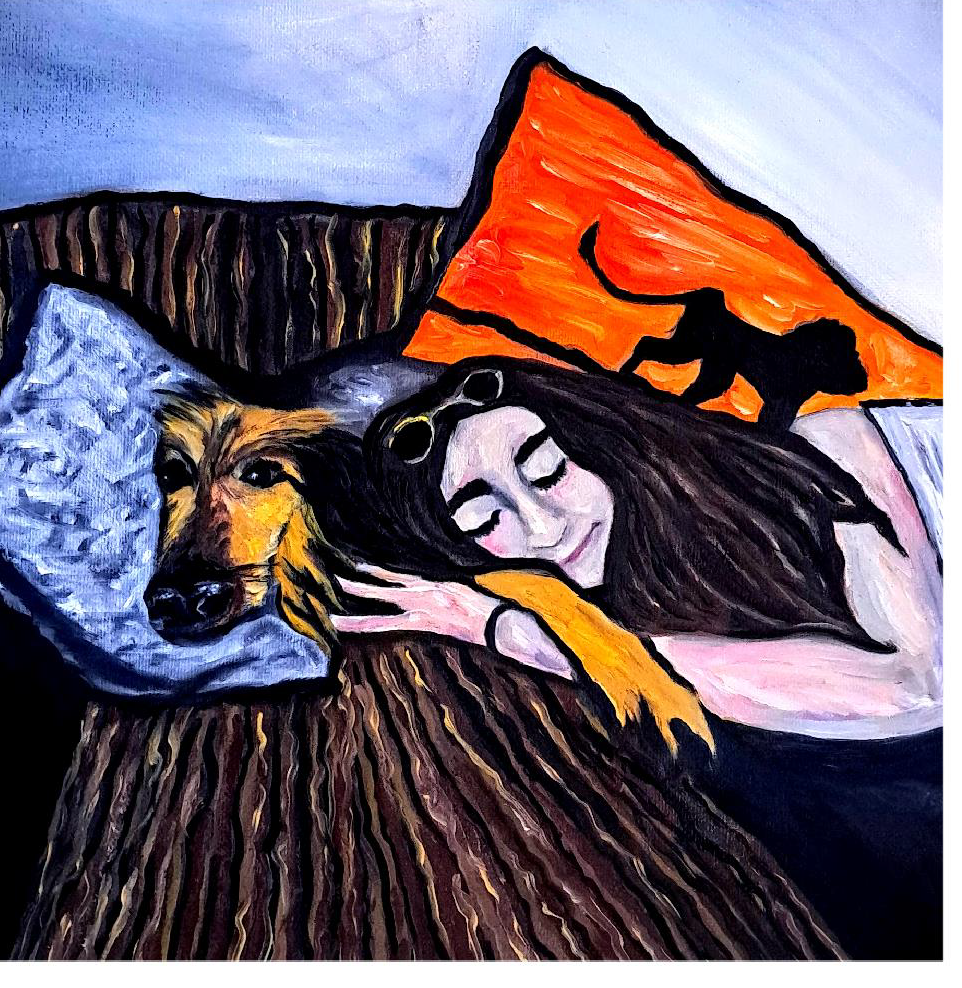OPENING Hollis McConkey: Phases (In and Out). Curated by Sarah Shelton & Lauchlin MacQuarrie. Sept.01 - Oct 23

In Phases (In and Out) , Hollis McConkey speaks indirectly to her own disabilities by addressing her sister’s lived disability experience. Hollis invited her sister Charlotte to write down her feelings and struggles in living daily with a painful disability. This resultant collection – scraps of paper, napkins, and wrappers – exposes the viewer to the consistent and exhausting nature of surviving with certain disabilities. In addition, Hollis unpacks the TTC’s accessibility poster campaign. Despite appearing in street cars, buses, and subway trains across the city, the TTC’s poster is often passed over and misunderstood by travellers in the rush of commuting The resulting dissonance between the TTC’s ineffective poster campaign and Hollis’ sister’s visceral writing opens the viewer to questioning how a lack of visibility further disables people with invisible disabilities. In this, Hollis emphasizes the continuous marginalization of invisible disabilities. More information ...




